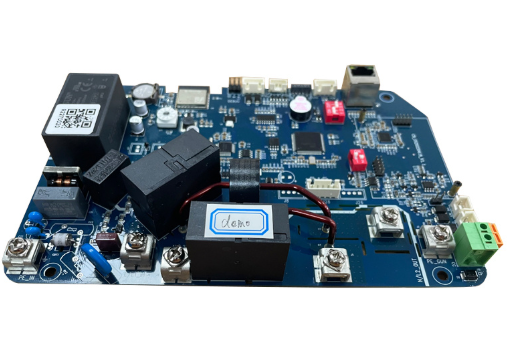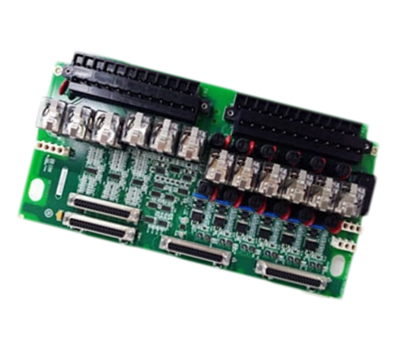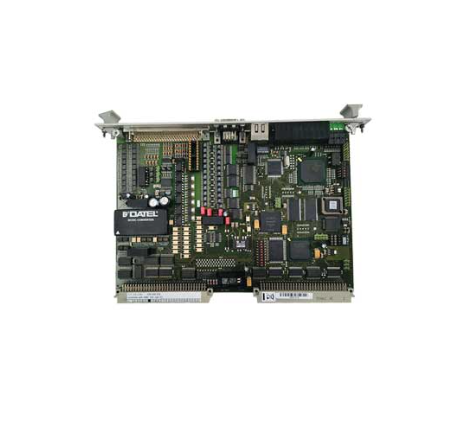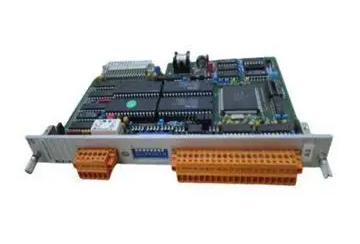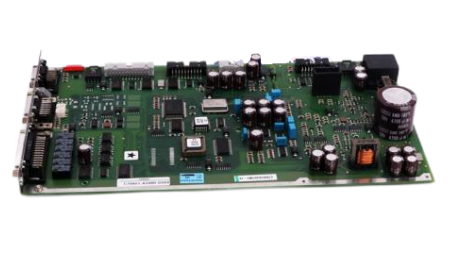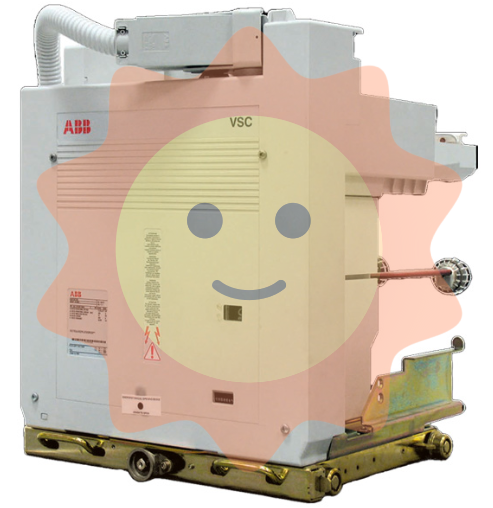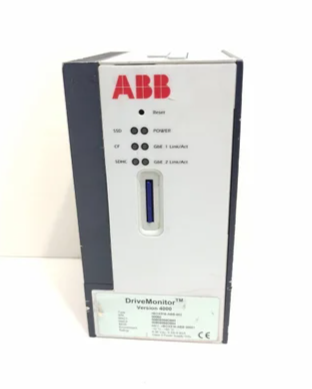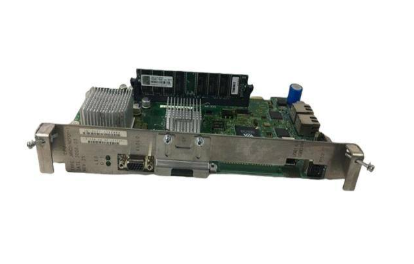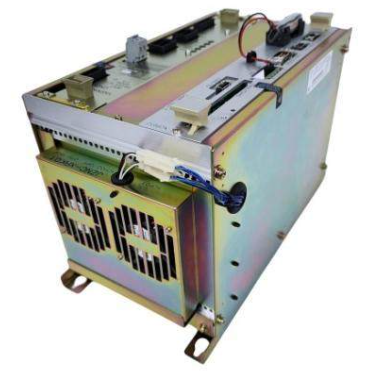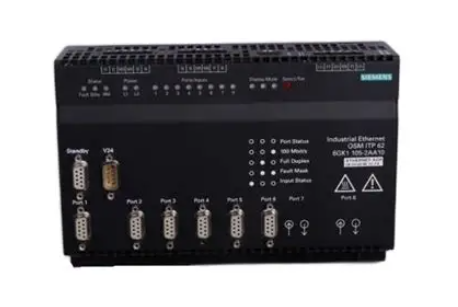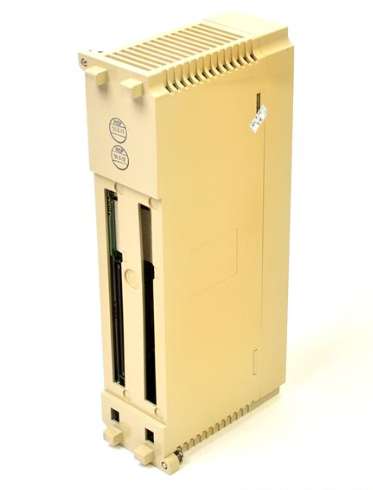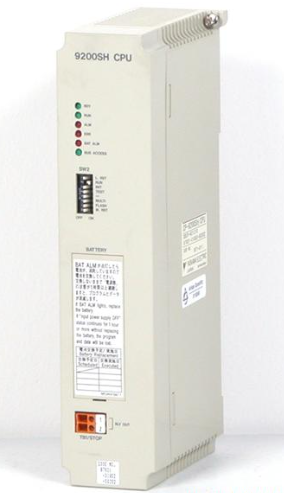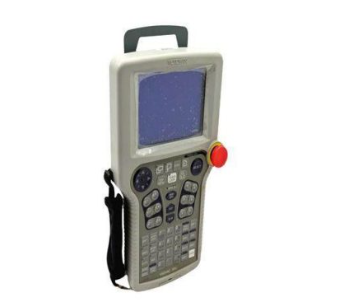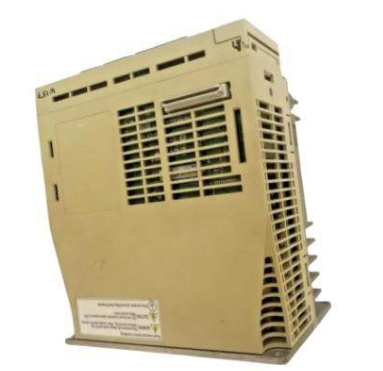AB 1763-L16AWA MicroLogix 1100 Programmable Controller
AB 1763-L16AWA MicroLogix 1100 Programmable Controller
IMPORTANT INFORMATION AND SAFETY NOTICE: There are significant differences in the operating characteristics of solid-state and electromechanical equipment, and as a solid-state device, the person responsible for the application of the MicroLogix 1100 Programmable Controller must ensure that each intended application is both feasible and safe prior to use. Rockwell Automation expressly disclaims all liability for indirect or consequential damages resulting from the use or application of this equipment.
The examples and diagrams in this manual are for illustrative purposes only and cannot be relied upon to determine actual use due to the many variables and requirements of an actual installation, for which Rockwell Automation assumes no responsibility. Reproduction of the contents of this manual without written permission is strictly prohibited. Throughout the manual, a variety of symbols are used to alert the user to various safety issues. ‘WARNING’ is used to point out operations and conditions that could cause an explosion in a hazardous environment, resulting in death, injury, property damage, or financial loss; “IMPORTANT” highlights information that is critical to the successful application and understanding of the product; ‘ATTENTION’ indicates operations and situations that may result in injury or death, property damage or economic loss, and helps the user to recognise, avoid and understand the consequences of the hazard; “SHOCK HAZARD” and ’ SHOCK HAZARD’ and “ BURN HAZARD” alert the user to the possible presence of hazardous voltages and high temperature surfaces on or inside the equipment respectively.
Overview of the controller: The controller is suitable for use in clean and dry places in industrial environments and complies with the criteria of pollution degree 2, i.e. normally only non-conductive pollution, which may occasionally be temporarily conductive due to condensation. It is also suitable for circuits not exceeding overvoltage category II, where transient voltages are controlled so as not to exceed the surge voltage capability of the product insulation. Care must be taken to protect against static electricity when operating this controller, as electrostatic discharge may damage the semiconductor devices inside the controller, so do not touch the connector pins or other sensitive areas. Always disconnect the power supply before installing or removing the module, otherwise a number of hazardous situations may arise, such as the generation of an electric arc, which may not only damage the module circuitry, but may also cause an explosion in a hazardous environment or cause the system to send out false signals that could result in unintended movement of field equipment.
Installation Guidelines
Pre-installation: Before installing the controller, do not remove the guard strip on its surface, which prevents debris from entering the controller during installation. When installing the controller, reserve enough ventilation space for the controller and avoid installing it near equipment that may generate electrical interference, such as power lines, load lines, hard contact switches, relays, and AC motor drives to minimise the effects of electrical interference on the controller.
Mounting: There are two common mounting options for this controller, DIN rail mounting and panel mounting. If DIN rail mounting is selected, a DIN rail conforming to EN50022 - 35x7.5 or EN50022 - 35x15 is required. To install, ensure that the DIN rail is in place and positioned for the recommended spacing, then close the DIN rail latch, hook the slot on the top of the controller onto the rail, and press the bottom of the controller into place and snap it into place. To remove the controller, insert a flat screwdriver into the bottom DIN rail latch, pry down to open the latch, repeat to open the other latch and remove the controller from the rail. For panel mounting, use #8 or M4 screws. First remove the mounting template from the back cover of the document and secure it to the mounting surface to ensure proper spacing of the controller, then drill holes through the template and remove the template before mounting the controller. Do not remove the guard strip until you have completed wiring the controller to the other equipment.
Precautions for use
Safe Operation
Hazardous environment operation: This controller is suitable for use in Class I, Division 2, Groups A, B, C, D hazardous locations or non-hazardous locations. When used in hazardous locations, it is strictly prohibited to replace components, connect or disconnect equipment without disconnecting the power supply or confirming the safety of the environment. All cables should be protected in a closed enclosure or by conduit, etc., and wiring must comply with N.E.C. article 501 - 4 (b). In hazardous locations, only specified communication cables, such as 1761 - CBL - PM02 Series C or higher, should be used to prevent serious accidents, such as explosions, caused by electrical faults.
Electrostatic protection: Electrostatic discharges may damage semiconductor devices inside the controller. During operation, avoid touching the connector pins or other sensitive areas. To prevent static electricity from damaging the equipment, a series of anti-static measures can be taken, such as touching a grounded object to discharge static electricity, wearing an approved grounding wrist strap, the use of electrostatic safety workstations and so on. When the equipment is not in use, it should be stored in a static shielded box to protect it from static electricity.
- EMERSON
- Honeywell
- CTI
- Rolls-Royce
- General Electric
- Woodward
- Yaskawa
- xYCOM
- Motorola
- Siemens
- Rockwell
- ABB
- B&R
- HIMA
- Construction site
- electricity
- Automobile market
- PLC
- DCS
- Motor drivers
- VSD
- Implications
- cement
- CO2
- CEM
- methane
- Artificial intelligence
- Titanic
- Solar energy
- Hydrogen fuel cell
- Hydrogen and fuel cells
- Hydrogen and oxygen fuel cells
- tyre
- Chemical fiber
- dynamo
- corpuscle
- Pulp and paper
- printing
- fossil
- FANUC
- Food and beverage
- Life science
- Sewage treatment
- Personal care
- electricity
- boats
- infrastructure
- Automobile industry
- metallurgy
- Nuclear power generation
- Geothermal power generation
- Water and wastewater
- Infrastructure construction
- Mine hazard
- steel
- papermaking
- Natural gas industry
- Infrastructure construction
- Power and energy
- Rubber and plastic
- Renewable energy
- pharmacy
- mining
- Plastic industry
- Schneider
- Kongsberg
- NI
- Wind energy
- International petroleum
- International new energy network
- gas
- WATLOW
- ProSoft
- SEW
- wind
- ADVANCED
- Reliance
- YOKOGAWA
- TRICONEX
- FOXBORO
- METSO
- MAN
- Advantest
- ADVANCED
- ALSTOM
- Control Wave
- AB
- AMAT
- STUDER
- KONGSBERG
- MOTOROLA
- DANAHER MOTION
- Bently
- Galil
- EATON
- MOLEX
- Triconex
- DEIF
- B&W
- ZYGO
- Aerotech
- DANFOSS
- KOLLMORGEN
- Beijer
- Endress+Hauser
- MOOG
- KB
- Moxa
- Rexroth
- YAMAHA
- Johnson
- Westinghouse
- WAGO
- TOSHIBA
- TEKTRONIX
- BENDER
- BMCM
- SMC


Email:wang@kongjiangauto.com

